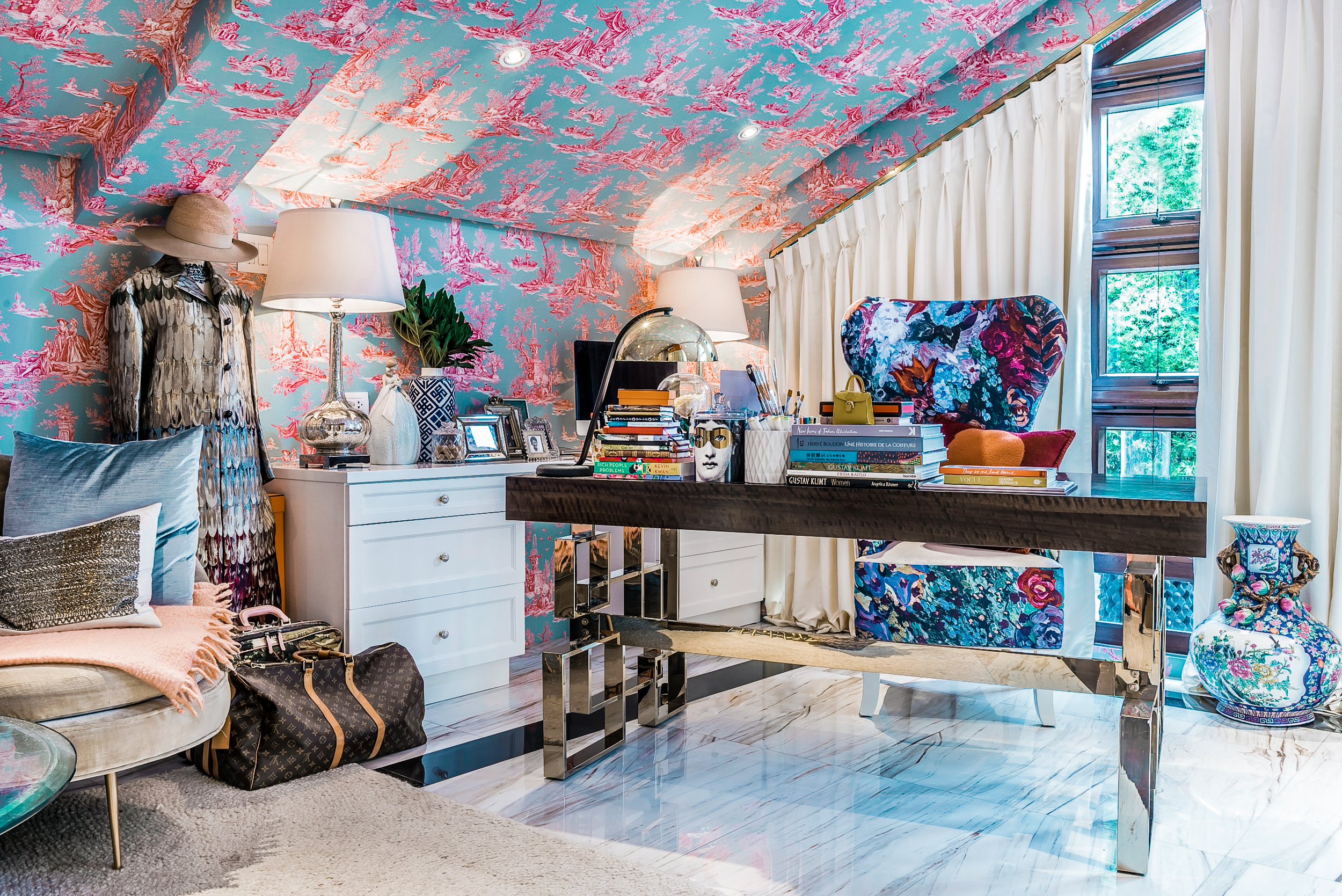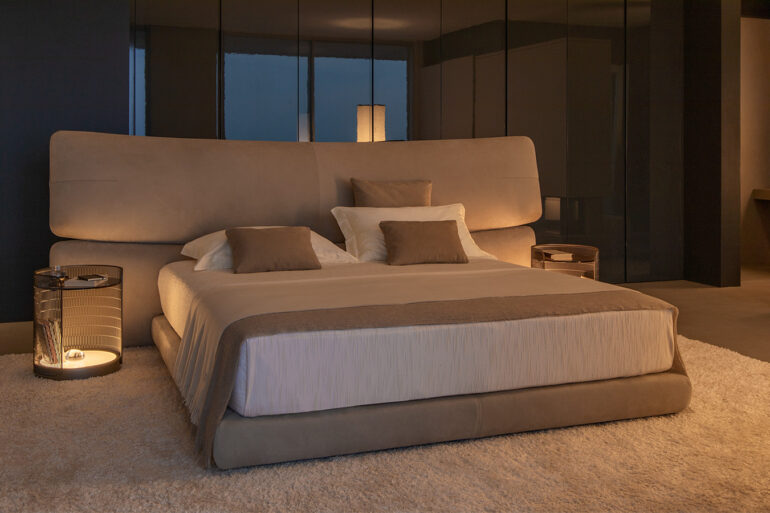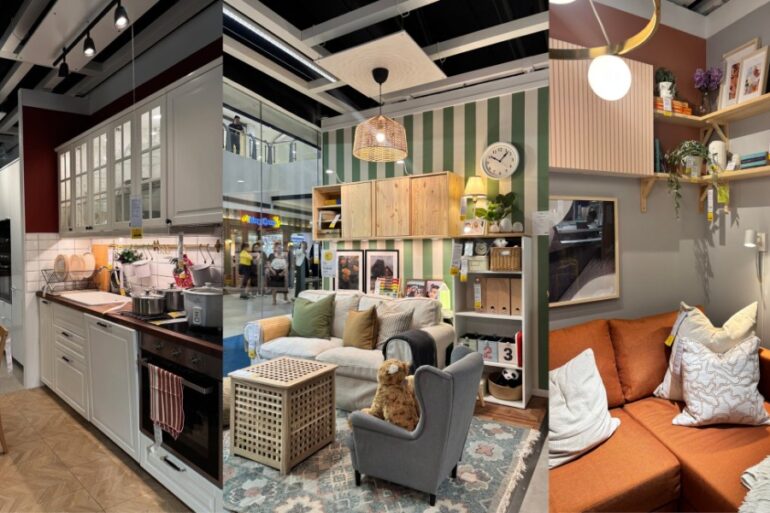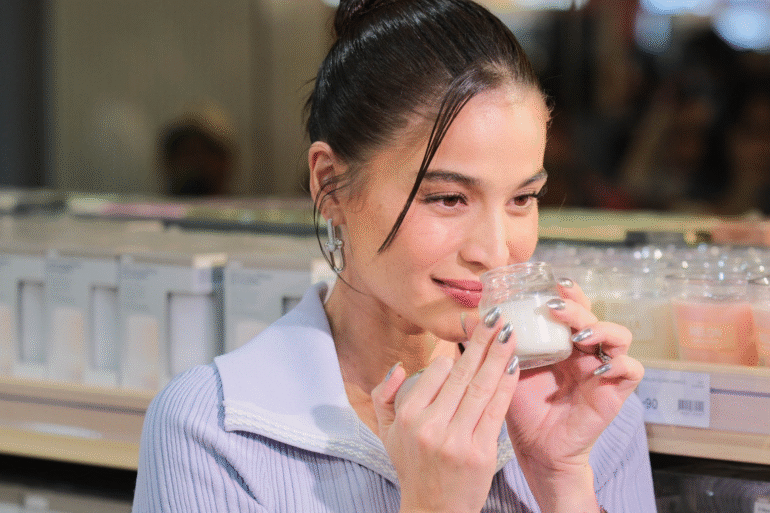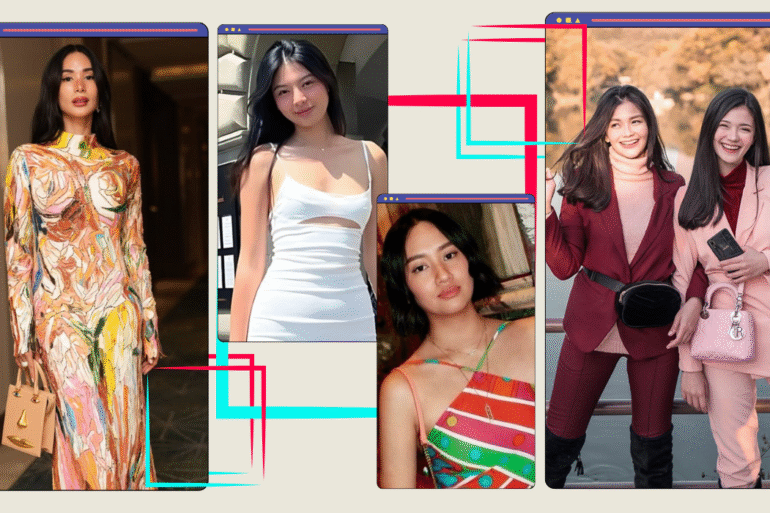Design isn’t just about what looks good. It’s also about how we live.
You wake up, walk to the kitchen, and start your day. You reach for the light, grab your coffee, and sit in your usual spot. It all feels automatic but behind the scenes, someone made choices about where things go, how much light you get, and how the room feels. That’s design.
Design isn’t just about what looks good. It’s also about how we live. It helps us move through spaces more easily, feel more comfortable, and even remember things more clearly.
“Design shapes behavior, mood, and memory,” says Kim Abla from Hurray Design, a Filipino interior design studio that works on homes, cafes, and commercial spaces. Kim says their team always starts by thinking about how people feel in a space, not just what it looks like.
Related story: Three home design trends we’re loving right now
Related story: Maybe it’s time to rethink how we rest, work, and live in one space
Design affects what we do
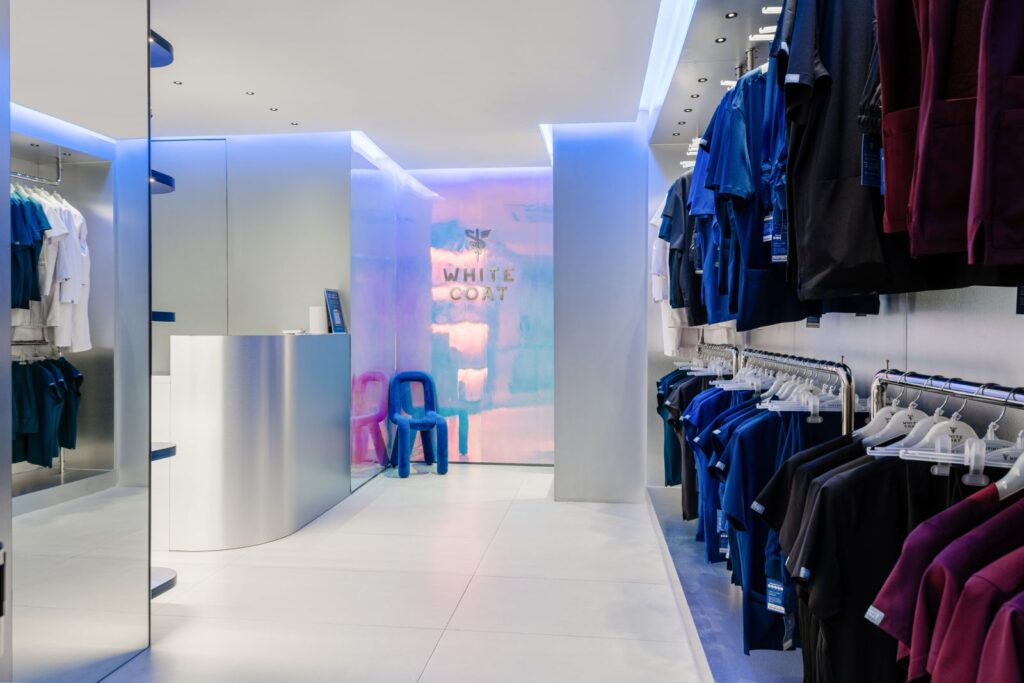
Ever stayed longer in a store than you meant to? Or walked through a space without knowing why you followed a certain path? That’s design doing its work in the background. “Whether through strategic product placement or intuitive circulation paths, the layout directly affects how people interact with a space,” Kim says.
In White Coat MNL’s flagship store, Hurray designed curved stainless steel racks that weren’t just made to display garments, they also shaped how people move through the store. They were part display, part architecture, lowkey directing your experience.
Light and color change how we feel
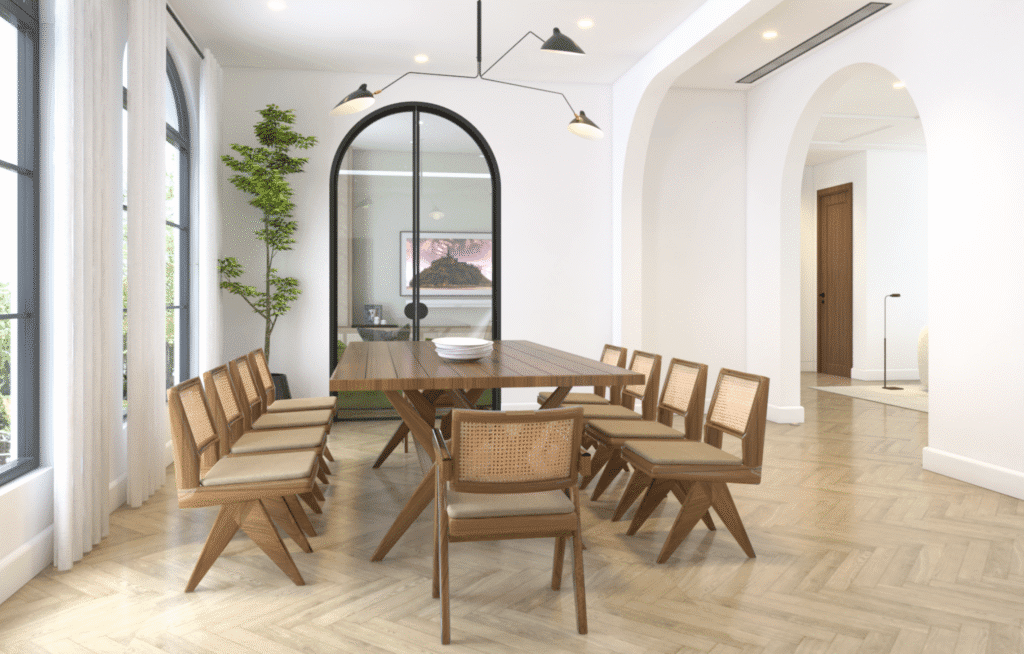
Lighting might be one of the most powerful, invisible parts of design. “A warm light can soften a space into something intimate,” Kim says. “Crisp, clear lighting energizes and highlights.”
In this residence, light is layered with natural daylight coming through arched windows, and warm glow from minimal fixtures. The space is mostly white and clean, but it doesn’t feel cold. The wood tones, black accents, and soft curves balance it out, giving the space both calm and warmth.
Related story: How to use lighting to make your house look expensive
Color does similar emotional work. Even when we don’t notice it, our brains respond. Some colors help us focus. Others make us feel relaxed or at home.
The most comfortable spaces feel personal
That doesn’t mean cluttered. It means warm, honest, and lived-in. You can see that clearly in this Wack Wack residence—a home Hurray designed for a young family. The space mixes vintage furniture, there’s color, but it’s balanced. It’s open, but still feels cozy. Nothing feels out of place, it feels used and lived in.
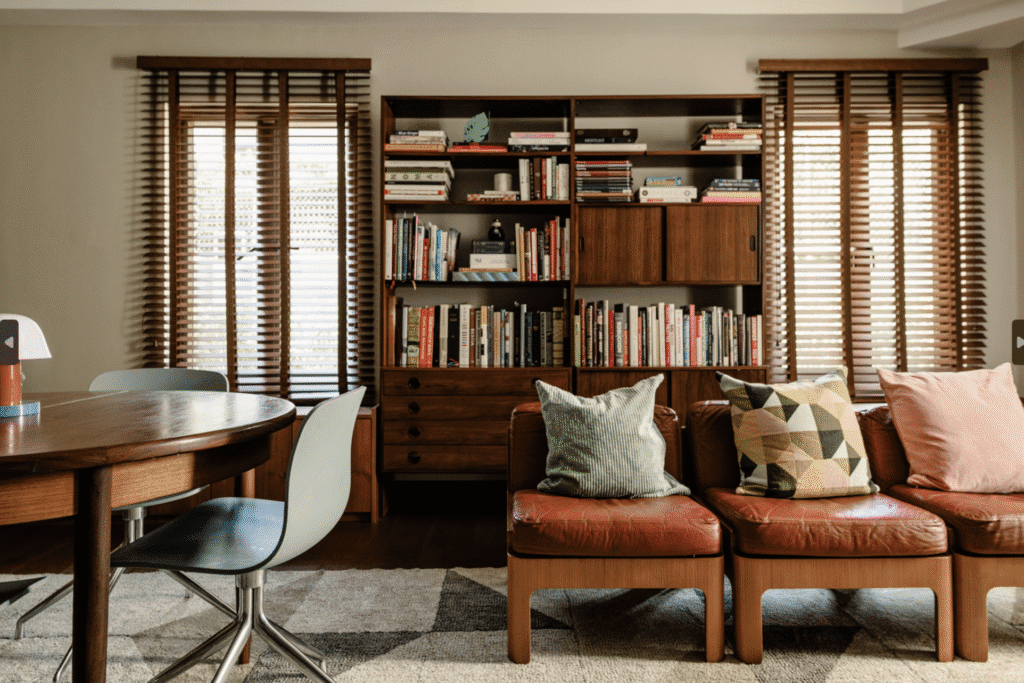
Same goes with Heart Evangelista’s home (photos below shows her home before she redesigned it in 2024), also designed by Hurray. It leans more expressive but the same principle applies. The kitchen is bright and grounded. The dining room is full of color, but the layout stays clear. Her attic studio is expressive, with patterned ceiling, large furniture, and collected pieces but still usable. Every room reflects a different part of her life, and the design gives it structure without muting her personal style.
Related story: Planning your dream home? Heart Evangelista has a few tips for you
Related story: Design icon: Where to get the famous Fornasetti plates that Heart Evangelista loves
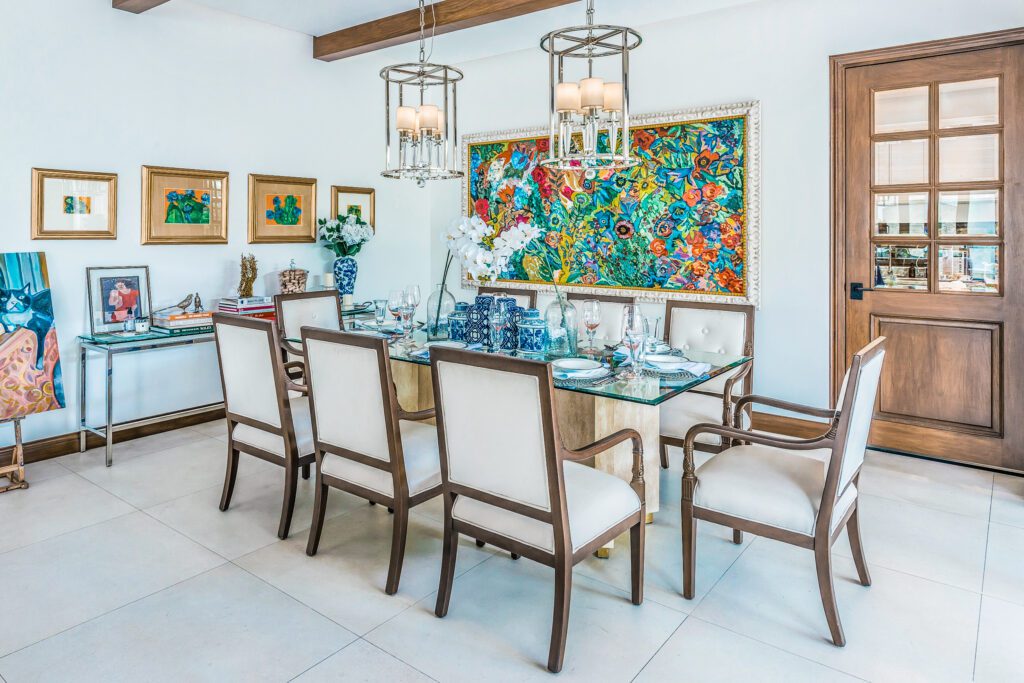
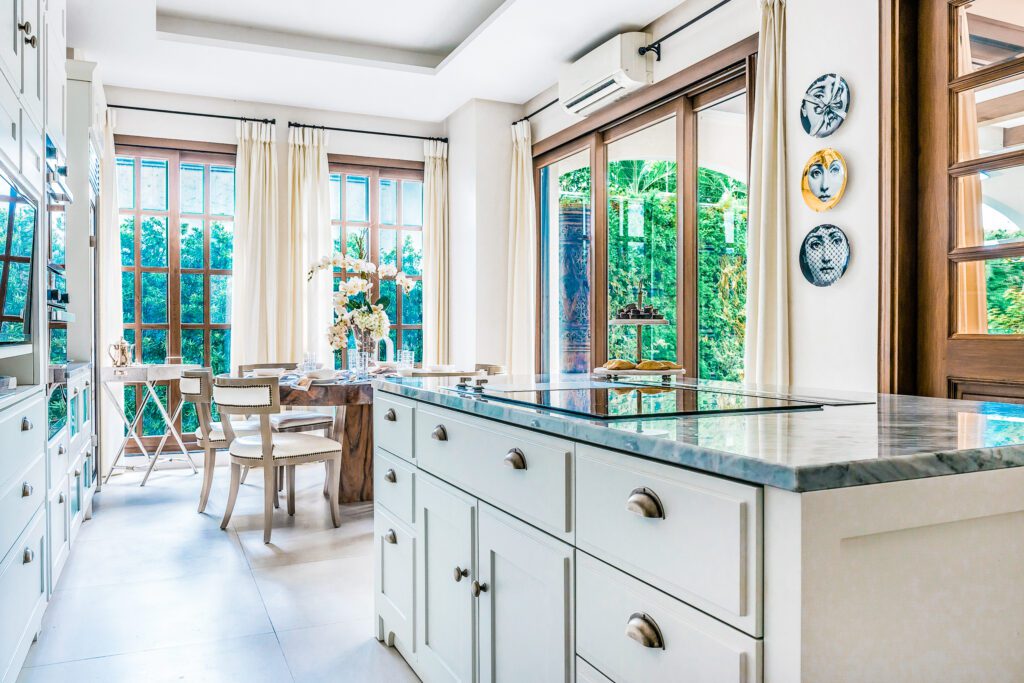
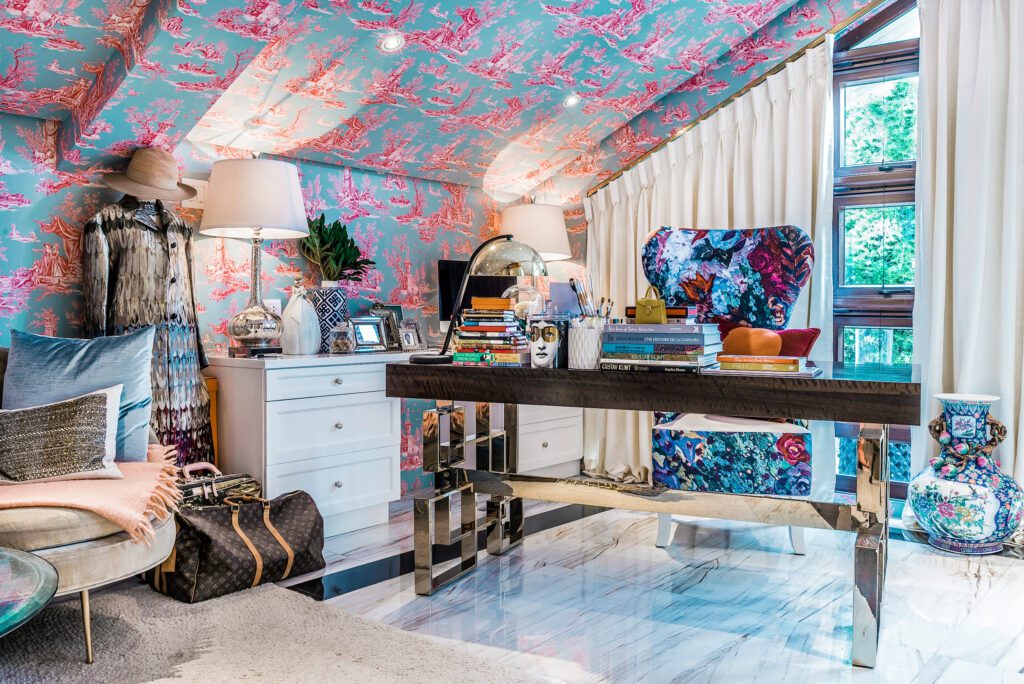
“For residential projects, we prioritize familiarity and flow, how a space supports everyday
routines with family, friends, or even pets. Space planning often mirrors lifestyle, and color choices go beyond style; they tap into personality, memory, or mood.” says Kim
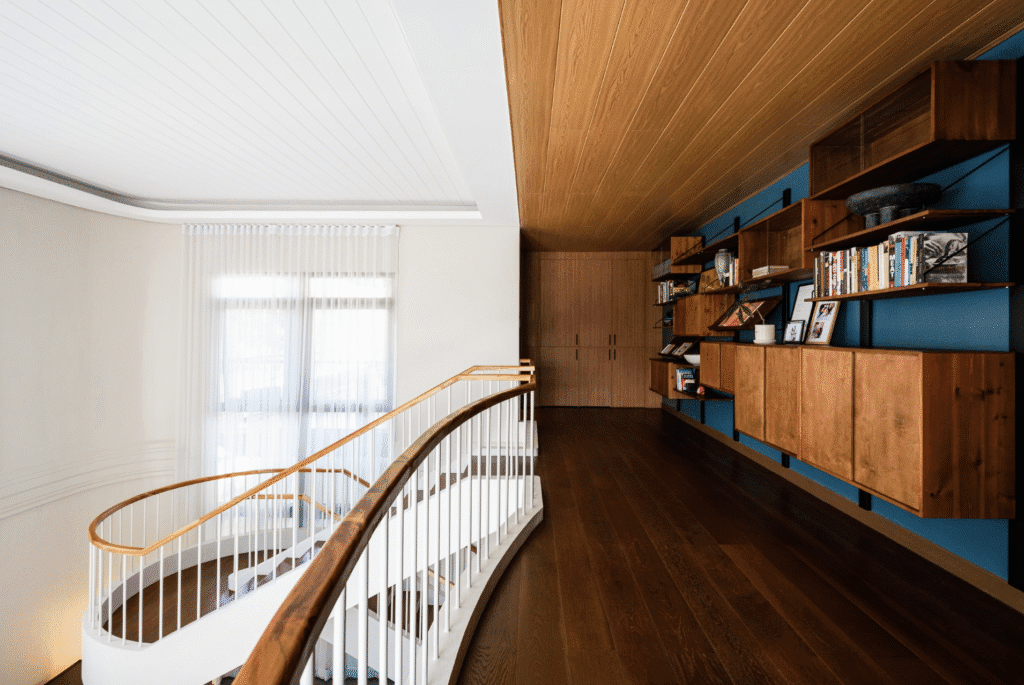
This Wack Wack residence leans into comfort and personality, with vintage furniture and collected pieces that give the space character and a sense of history | Photo courtesy of Hurray Design
You don’t have to pick between function and beauty
A space can look good and still work well. “We’ve built a practice around ensuring it’s always both. Our process begins with asking the right questions so that form and function evolve together.,” Kim says. That means materials that last, finishes that age well, and pieces that serve a real purpose.
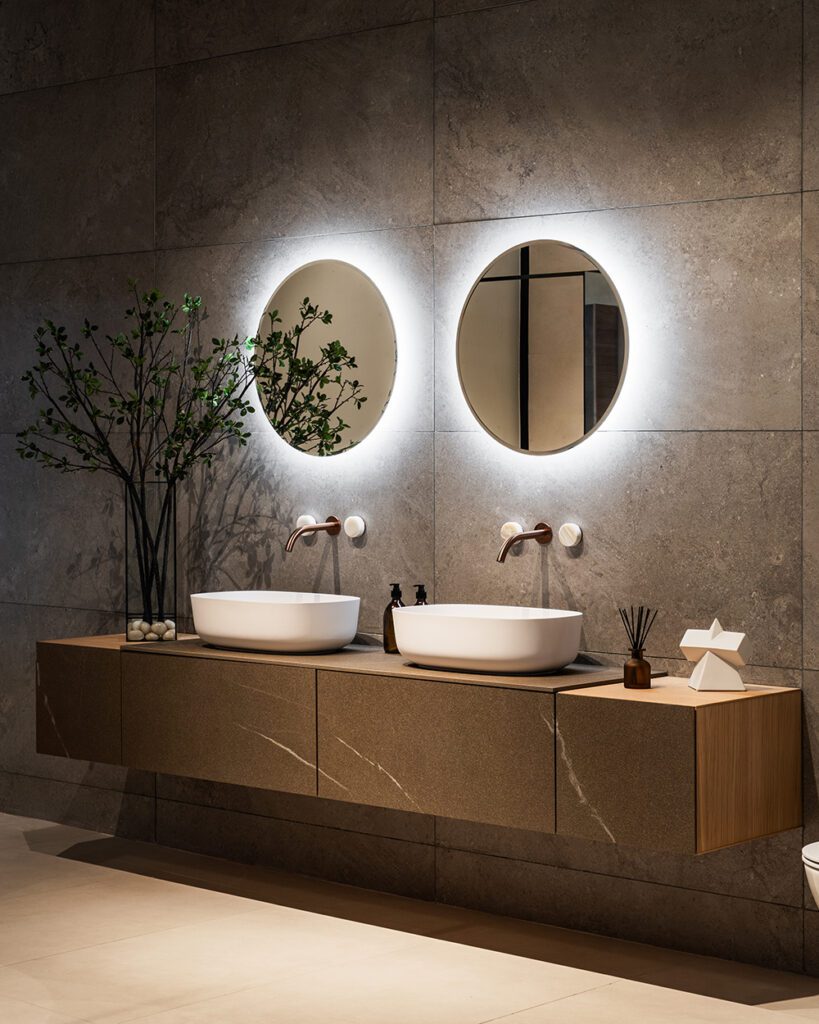
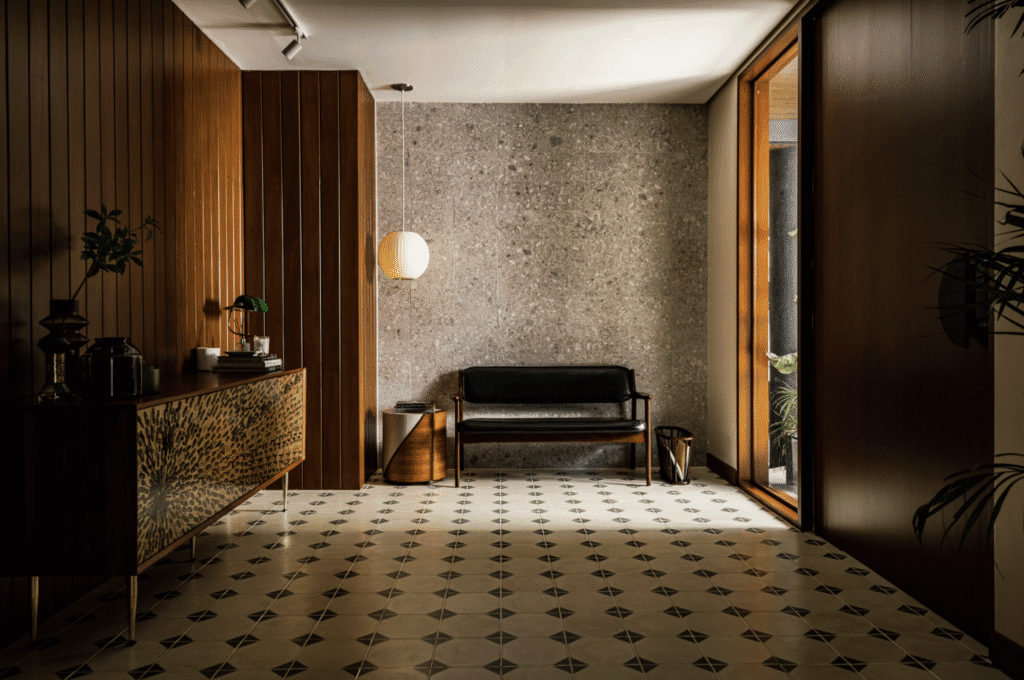
You feel more comfortable in it, more at ease, more focused, more yourself. As Kim puts it, “Every detail has purpose, every moment has feeling.” Sometimes that means you instinctively know where to sit or you take your time walking through a space because the lighting just looks good or feels good.
When good design is done well, it blends with your life. It supports you until you start to realize your life runs a little smoother when it’s there.
.

